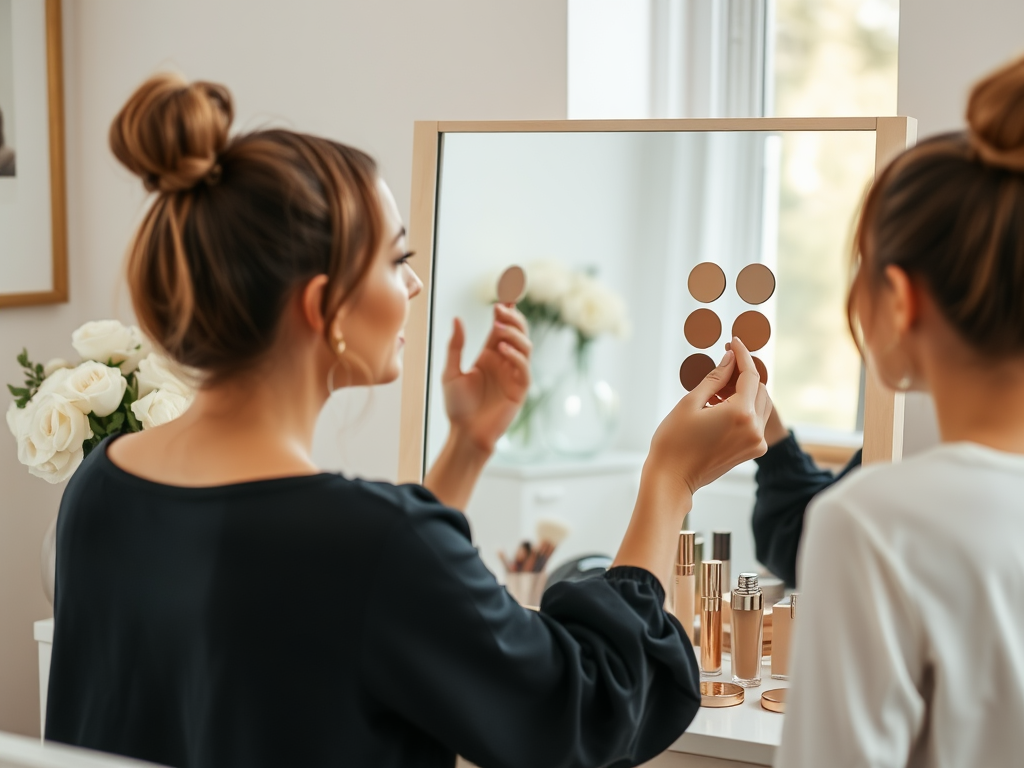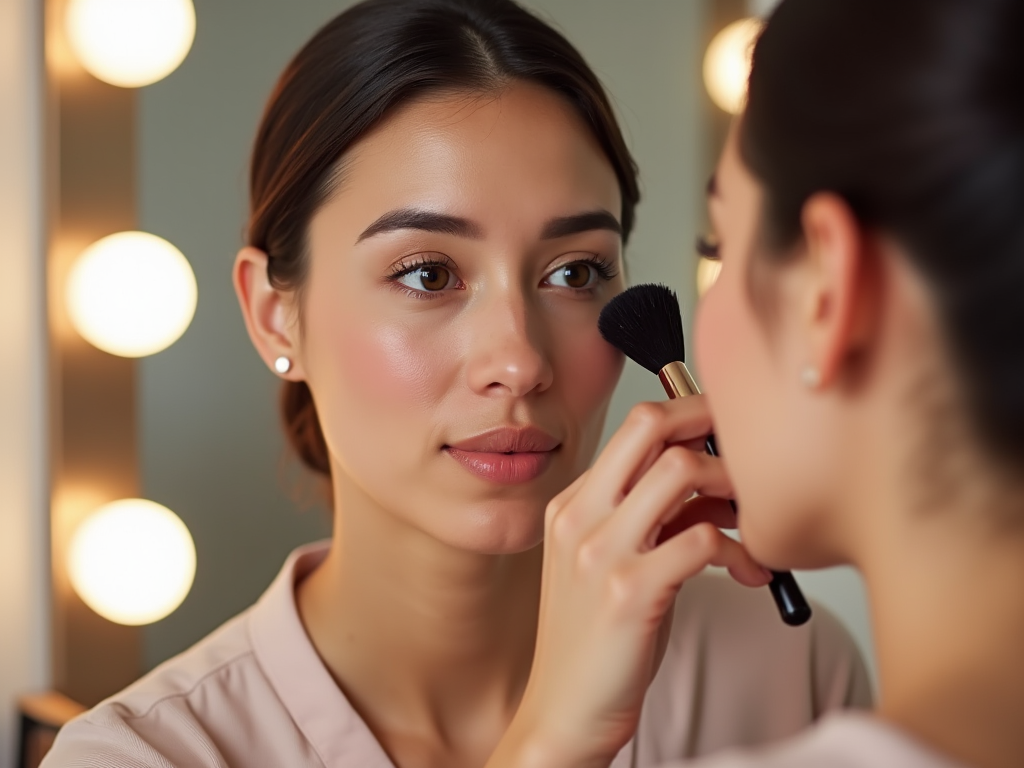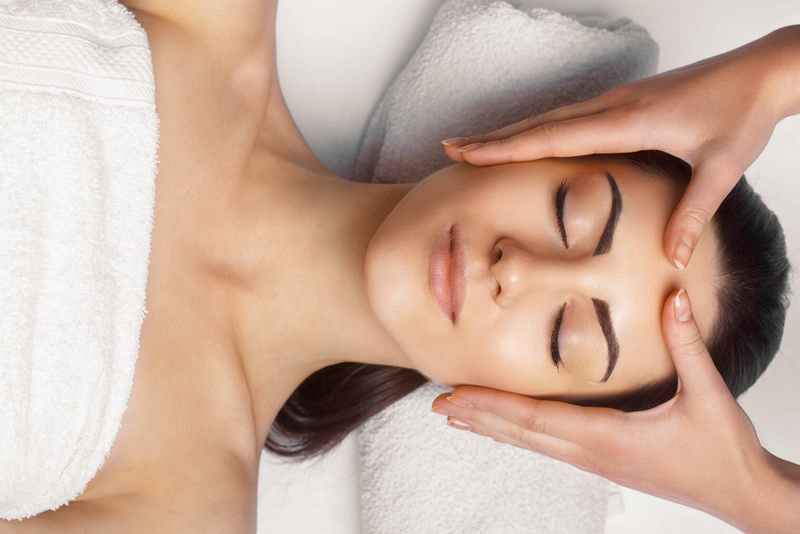When it comes to achieving a flawless face, matching your foundation to your skin is key. The right foundation can transform your complexion, enhancing your natural beauty and building your confidence. It’s not merely about finding a shade that looks good on your skin; it’s about understanding the intricacies of your skin type and undertones. In this article, we will explore essential techniques that will guide you through the process of selecting the right foundation for your unique skin characteristics. Whether you’re a makeup novice or a seasoned expert, these insights will elevate your approach to foundation application and help you achieve that coveted polished look.
Understanding your skin is not just a trivial detail; it’s the foundation (pun intended) of your makeup routine. With numerous foundation options available, the choices can feel overwhelming. It’s vital to have a clear strategy for how to identify your skin’s requirements and how to properly match your foundation. By breaking down the process into manageable steps, you can make informed decisions that result in a natural, radiant finish. This journey will involve examining your skin type, identifying undertones, and even exploring various foundation formulas that can elevate your makeup game. For flawless coverage, every step counts.
Understanding Your Skin Type

To achieve the perfect foundation match, it’s essential to first understand your unique skin type. Knowing whether your skin is oily, dry, combination, or sensitive plays a crucial role in selecting the right foundation. Your skin type affects not only how a foundation sits on your skin but also how long it lasts throughout the day. If you’re someone who grapples with oily skin, a matte foundation would be a greater ally in controlling shine. Conversely, those with dry skin might benefit from a hydrating formula that nourishes the skin as it provides coverage. Thus, defining your skin type is a pivotal first step.
- Oily Skin: Characterized by a shiny appearance, larger pores, and a tendency to break out often.
- Dry Skin: Often exhibits flaky patches, feelings of tightness, and may highlight fine lines more prominently.
- Combination Skin: Typically oily in the T-zone while maintaining dryness on the cheeks.
- Sensitive Skin: Easily irritated and may have adverse reactions to various ingredients.
Identifying Skin Undertones

Skin undertones can significantly influence the shade of foundation you choose. Understanding whether you have warm, cool, or neutral undertones will help narrow down your options, leading to a more polished look. Your undertone isn’t necessarily the same as your skin tone, which can change with sun exposure or seasonal variations. It’s a more subtle hue that lies beneath the surface of your skin. Recognizing your undertones simplifies the selection of colors in your makeup products, not just foundation, but also concealer and blush. Let’s delve into how to determine your undertone accurately.
- Vein Test: Look at the veins on your wrist; a bluish tint indicates cool undertones, while a greenish hue suggests warm undertones.
- Jewelry Test: Does gold or silver jewelry look better against your skin? Gold typically flatters warm tones, while silver is best for cool tones.
- White Paper Test: Hold a piece of white paper next to your face in natural light to observe if your skin appears yellow (warm) or pink (cool).
Selecting the Right Foundation Formula
Now that you’ve identified your skin type and undertones, it’s time to select the foundation formula that best meets your needs. Various products exist on the market, each catering to different skin requirements. Your choice can greatly impact not just the finish but also how your skin feels throughout the day. For instance, those with oily skin might lean towards an oil-free liquid foundation, while dry skin users will appreciate cream-based formulas. To help you make an informed choice, here’s a breakdown of the most popular foundation formulas available:
| Foundation Type | Best For | Finish |
|---|---|---|
| Liquid Foundations | Most skin types | Buildable coverage |
| Powder Foundations | Oily/Combination skin | Matte finish |
| Cream Foundations | Dry/Mature skin | Hydrated and luminous |
| Stick Foundations | On-the-go application | Full coverage |
Techniques for Testing Foundation Shades
Once you’ve narrowed down your choices, it’s important to test the foundation shades effectively. Testing in-store can be intimidating; however, with the right techniques, it can become an enjoyable experience. One of the most efficient ways to explore your options is by swatching directly on your skin. The jawline is a prime area to test the ideal match as it blends not only with your face but also with your neck. Keep in mind that lighting plays a crucial role in this process. Natural light gives the best indication of how a color will look in everyday situations. With these tips in mind, you can make an educated decision.
- Skin Swatch: Apply a small amount on your jawline to see how it matches with both your face and neck.
- Lighting Matters: Always test under natural lighting for the most accurate color match.
- Wear Test: If possible, wear the foundation for several hours to observe how it holds up against your skin.
Application Tips for Flawless Coverage
Even with the right shade, the application technique can make a world of difference in achieving flawless coverage. Mastering the right method of application is essential for creating that polished look. Each application tool offers different benefits, making it crucial to choose one that aligns with your foundation type and desired finish. For example, a brush might suit a liquid foundation while a sponge can blend cream formula beautifully. Additionally, using your fingers can provide a more customized blend, especially for on-the-go application. Exploring these techniques is not only beneficial but also fun, as you discover what works best for you.
- Brush: Provides a polished finish; best for liquid foundations.
- Sponge: Ideal for cream and liquid foundations, achieving a seamless and natural look.
- Fingers: Warming up the product allows for custom blending and easy application.
Conclusion
Finding the perfect foundation match involves understanding your skin type and undertones, selecting the right formula, testing shades effectively, and mastering your application technique. All these components work together to help you achieve flawless coverage and a beautiful, even complexion. It’s an art and a science that requires time, patience, and practice. With these techniques at your disposal, you can confidently walk into any makeup store or stand before your mirror, ready to transform your look. Armed with the right knowledge, achieving that sought-after polished appearance is more than possible; it’s within your reach.
Frequently Asked Questions
- How can I tell if my foundation is too light or too dark?
If your foundation looks ashen or overly dramatic compared to your skin, it may be mismatched. - Should I change my foundation shade with the seasons?
Yes, skin tone can change with the seasons due to sun exposure; adjust shades as needed. - Can I mix different foundations?
Absolutely! Mixing can help you find the perfect shade and texture that works for your skin. - Is it necessary to wear a primer under foundation?
While not necessary, using a primer can enhance wear time and finish, depending on personal preference and skin type.



